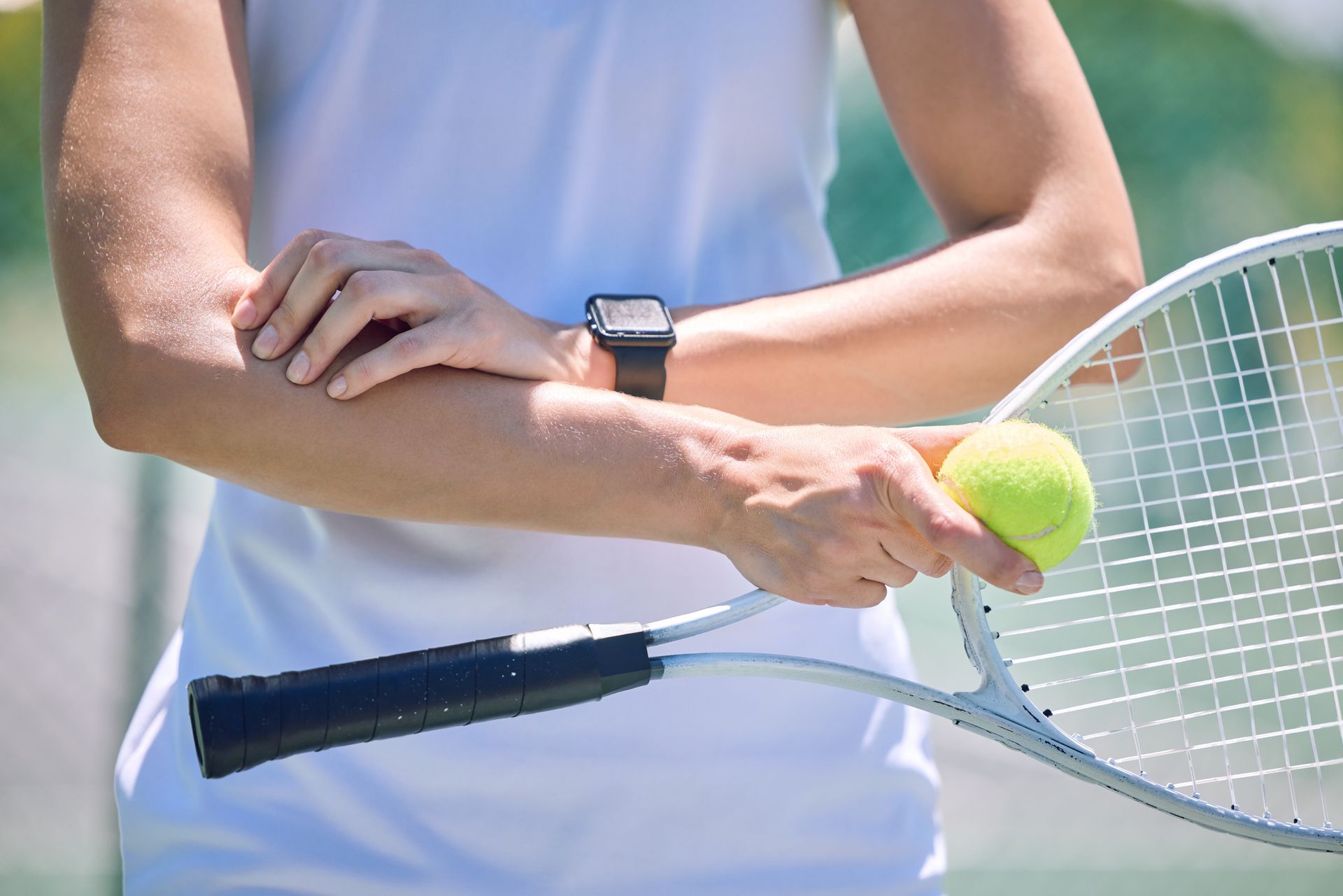De Quervain's syndrome, also called De Quervain's tenosynovitis, affects the tendons on the wrist on the thumb's side. This condition makes daily tasks difficult due to the potential for wrist pain, edema, and limited movement. If you suffer from De Quervain's syndrome, you can find relief with an appropriate treatment plan.
Understanding De Quervain's Syndrome
De Quervain's syndrome occurs with pain and discomfort in the wrist and thumb area, brought on by irritation or inflammation of the tendons that control the thumb's mobility. Repetitive motion or overuse of the wrist and thumb, such as lifting heavy things, playing sports, or doing tasks that require gripping and twisting movements, are common causes of this condition.
Symptoms of De Quervain's Syndrome
The symptoms of De Quervain's syndrome typically include pain and tenderness along the thumb side of the wrist, swelling, difficulty moving the thumb and wrist, and a sensation of "catching" or "snapping" when moving the thumb. These symptoms can range from mild to severe and may worsen with continued use of the affected hand.
Diagnosis of De Quervain's Tenosynovitis
A hand orthopedist will perform a comprehensive physical examination to diagnose De Quervain's tenosynovitis. During this examination, they evaluate the affected wrist and thumb's range of motion and any swelling, soreness, or pain along the tendon sheath. A Finkelstein's test may also be administered, in which the patient forms a fist and bends their wrist toward the side of their little finger. In many cases, De Quervain's syndrome is indicated if this motion causes acute wrist pain. Imaging tests, like an MRI or ultrasound, may occasionally be prescribed to rule out other illnesses or gauge the degree of inflammation. Overall, a combination of clinical evaluation and diagnostic tests helps healthcare providers accurately diagnose De Quervain's tenosynovitis and develop an appropriate treatment plan.
Treatment Options for De Quervain's Syndrome
Resting the affected wrist and thumb is essential for allowing inflamed tendons to heal. A splint or brace can help reduce movement and alleviate symptoms by immobilizing the wrist.
Applying ice packs to the affected area can reduce inflammation and pain. Ice application can be beneficial after activities that exacerbate the symptoms of De Quervain's syndrome. Acetaminophen or ibuprofen can help lessen the pain and inflammation brought on by De Quervain's syndrome. Injections of corticosteroids can also be used to offer short-term symptom alleviation.
A physical therapist can prescribe targeted stretches and exercises to strengthen the muscles around the injured area, decrease inflammation, and enhance wrist and thumb mobility. Adapting routines and activities can help stop symptoms from getting worse. Using ergonomic tools and equipment, avoiding repetitive motions that strain the wrist and thumb, and maintaining good posture and body mechanics can all help reduce symptoms. In severe cases where conservative treatments fail to provide relief, surgical intervention may be considered. Surgical release of the affected tendons can help alleviate pain and restore normal function to the wrist and thumb.
The quality of life for those who suffer from De Quervain's syndrome can be significantly affected by its symptoms. Relief is achievable, though, with the proper care and management techniques. People with De Quervain's syndrome can find comfort and regain functionality in their wrists and thumbs by combining rest, ice therapy, drugs, physical therapy, lifestyle modifications, and, in certain situations, surgical intervention. The hand specialists at the Bone and Joint Clinic of Baton Rouge are here to help with your orthopedic needs.

QUICK LINKS
SIGN UP FOR OUR NEWSLETTER:
7301 Hennessy Blvd.
Suite 200
Baton Rouge, LA 70808
tel: (225) 766-0050
fax: (225) 766-1499
4463 LA 1 South
Suite A
Brusly, LA 70719
tel: (225) 766-0050
fax:
(225) 766-1499
19065 Dr. John Lambert Dr.
Suite 2100
Hammond, LA 70403
tel: (225) 766-0050
fax: (225) 766-1499
16158 Airline Hwy.
Prairieville, LA 70769
tel: (225) 766-0050
fax: (225) 766-1499
5000 O'Donovan Blvd.
Suite 306
Walker, LA 70785
tel: (225) 766-0050
fax: (225) 766-1499
Bone & Joint Clinic of Baton Rouge, Inc. complies with applicable Federal civil rights laws and does not discriminate on the basis of race, color, national origin, age, disability or sex.
Click to view our notice.
Bone & Joint Clinic of Baton Rouge | All Rights Reserved.


